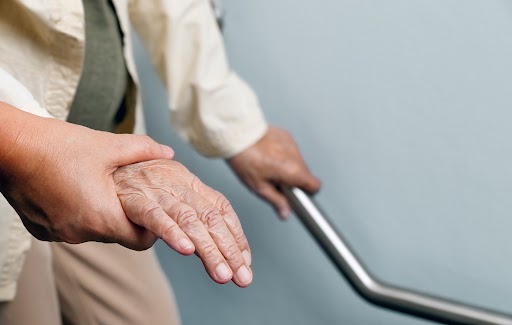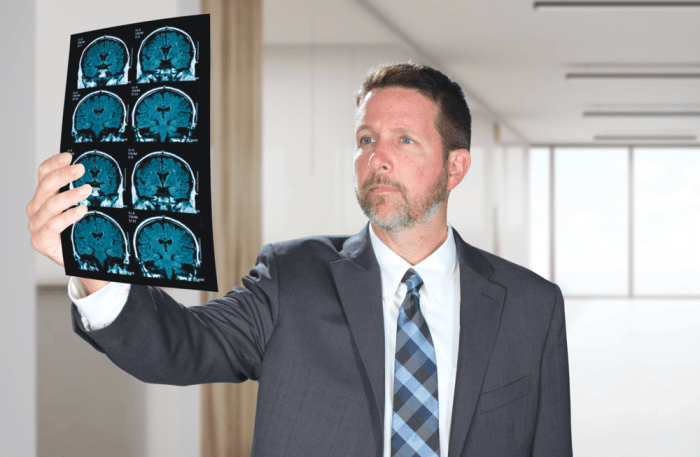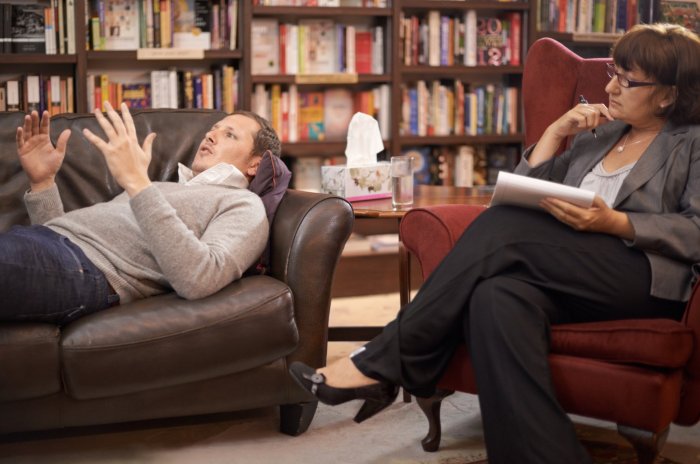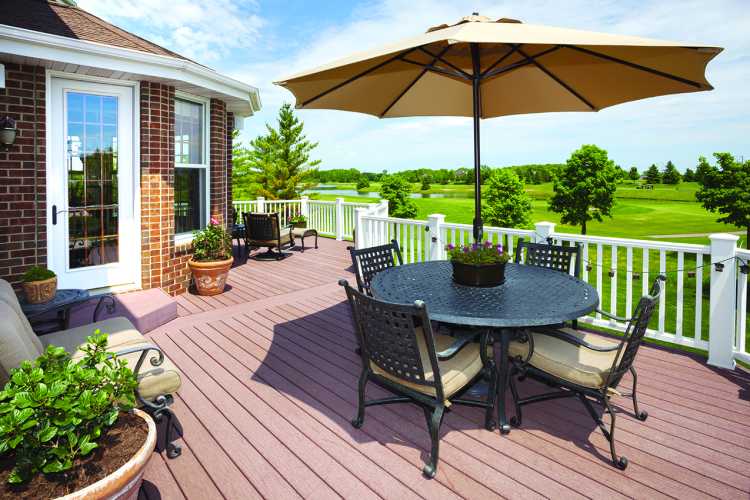Why Falls Are So Dangerous for Older Adults and How to Prevent Them
Most older adults want to stay in their homes as long as possible. In fact, 88% of 50- to 80-year-olds stated this was their wish in a recent University of Michigan national poll.
Unfortunately, falls are one of the leading causes of loss of independence in older adults. More than one out of four older adults fall each year, and 20% of these falls cause a serious injury, such as a broken bone or head injury, according to the Centers for Disease Control and Prevention.
“Seniors may be doing pretty well, and then they fall and sustain a severe injury, like a broken hip, and it’s the turning point,” says Kristi Ladowski, MPH, injury prevention and outreach coordinator at the Stony Brook Trauma Center. “They’re never able to fully recover and get back to their baseline, and they need assistance with daily living.”
Older people do not have the reserves that younger people have.
“For instance, toddlers fall all the time while they’re learning to navigate their world. The body can sustain those impacts and recover quite well,” Ladowski says.
But as we age, “we lose the capacity to recover from any kind of injury, illness or stress,” says Dr. Marzena Gieniusz, an internist/geriatrician with Northwell Health. “The stress of an injury can be overwhelming for older adults, who do not have the reserves they once had, especially since many are already dealing with chronic medical conditions.”
A fall often has a cascading effect that opens the door to other unfortunate events. “If you injure yourself and you are immobile in the hospital for even a few days, you will experience functional decline and become at increased risk for pressure ulcers,” Dr. Gieniusz says. “You may also need pain medication, which can cause confusion and other complications. A fall may open up a pandora’s box.”
When they fall, seniors are at an increased risk than younger people for fractures, due to a higher prevalence of osteoporosis in the older age group, and for traumatic brain injury. Older adults are also at higher risk for falls overall, due to lower body weakness, walking and balance difficulties, medication side effects and other reasons.
“One very unfortunate result we see from falls is a loss of independence, which has consequences for the patient, including emotional, social and financial, and for their family,” Dr. Gieniusz says. “Which is why it’s so important to prevent a fall as opposed to dealing with one after it happens.’
Preventing Falls
Many falls can be avoided by taking simple steps to reduce risk.
“Get rid of tripping hazards like throw rugs or clutter on the floor,” Ladowski says. “Commonly used items should be stored between hip and eye level, so there is less bending or reaching to high surfaces. Bathrooms are important areas to concentrate on for modifications, such as grab bars by the toilet and shower. AARP has some wonderful suggestions for modifications that maybe you didn’t even think about.”
Good lighting is also crucial.
“We recommend night lights, so you can see where you are going when you get up at night,” Dr. Gieniusz says. “Unfortunately, sometimes people fall when they’re reaching to turn on a lamp in the dark.”
Ironically, many older adults resist using a walker or cane because they feel like they are losing some independence by relying on these devices for help. But the fact is, walking devices allow older adults to maintain their independence longer by helping them to get around more safely and avoid falls, Ladowski says.
Dr. Gieniusz says ill-fitting, slippery or high-heeled shoes are another common hazard, which can easily be avoided by wearing flat, comfortable shoes with rubber shoes.
Exercises to improve lower body strength and balance, such as tai chi, can also help prevent falls, says Ladowski, who notes the Stony Brook Trauma Center offers tai chi classes and other evidence-based programming on fall prevention in older adults, both online and in-person.
Patients with osteoporosis may benefit from medications to strengthen their bones, and everyone should make sure they are getting adequate levels of vitamin D and calcium for good bone health, Dr. Gieniusz says.
“If you are feeling unsteady, holding onto furniture to move around in your house, it is important to share this with doctor,” Ladowski says. “People often either underappreciate their risk for falls, or they’re too fearful and are limiting activities. You want to be at the happy in-between place – to understand your risk but to not let it prevent you from getting around. There are walking devices and other resources available that can help you live as long and as independently as possible; you have to be willing to make an honest self-assessment and take advantage of these resources.”



































